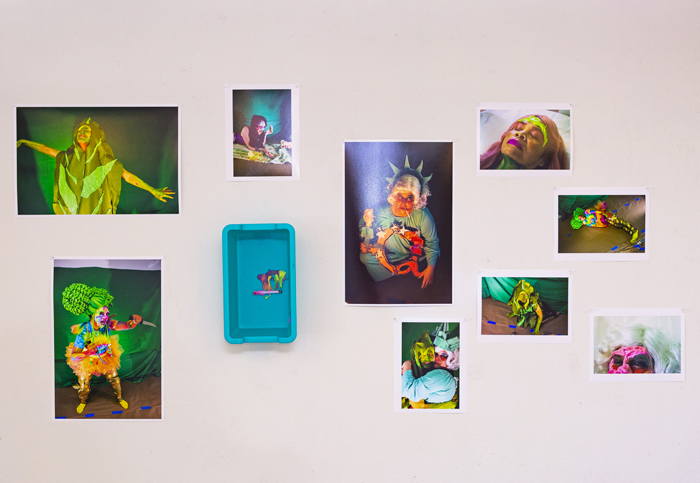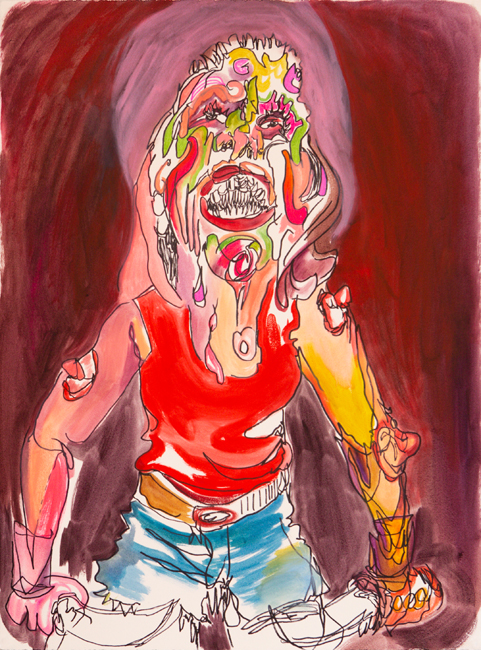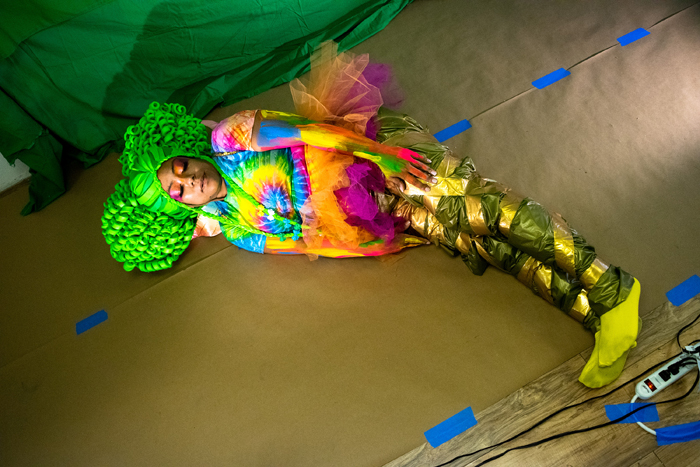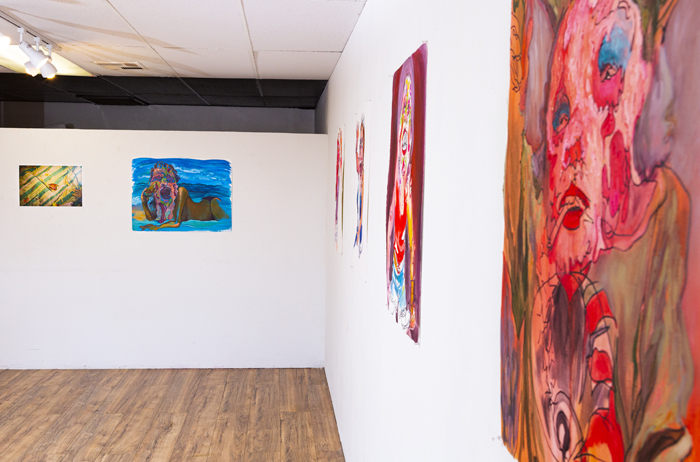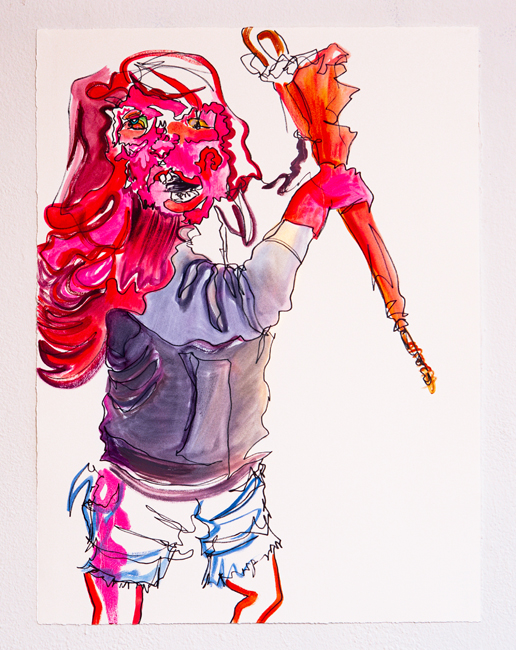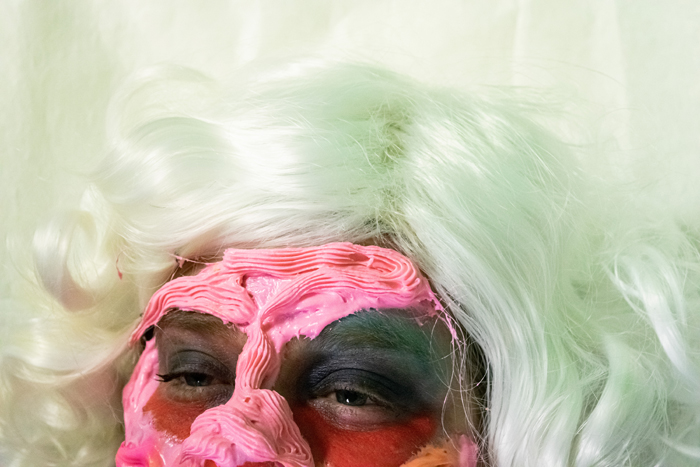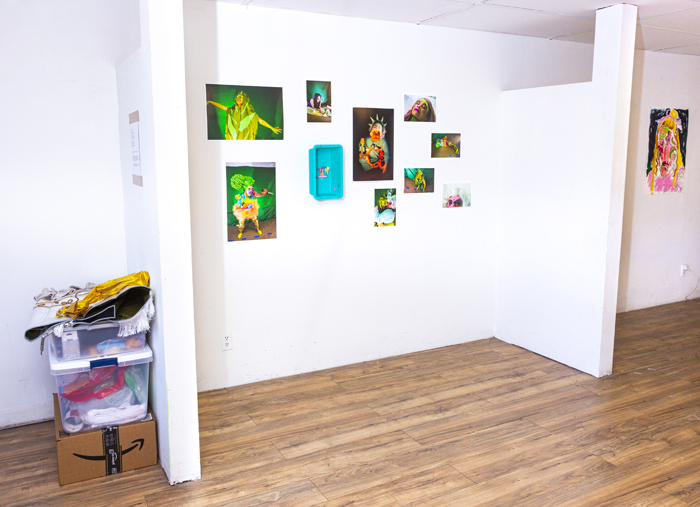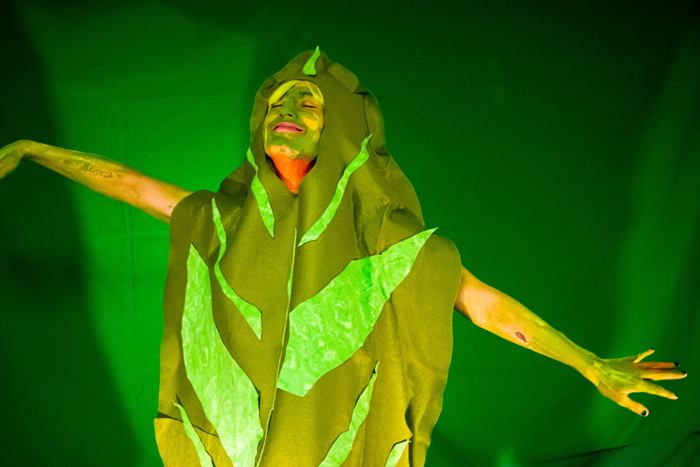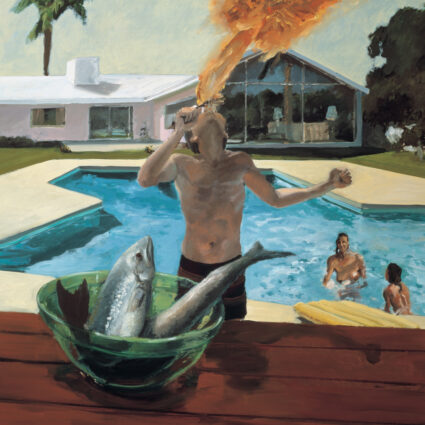Wendy Kveck’s Prompt: at ASAP in Las Vegas explored the ways we stage ourselves and our art while employing a feminist practice that confronts and amplifies women as cultural markers.
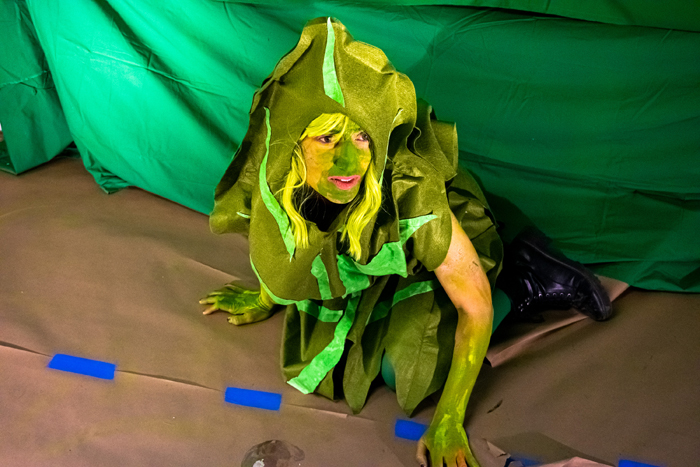
LAS VEGAS—Wendy Kveck is an anchor in Las Vegas’s art community. As a visual artist, she works across two-dimensional media, performative actions and installations, and their documentation. As a community advocate, she founded the online project Settlers + Nomads, a showcase for artists living and working in Las Vegas. As an educator, she is a visiting assistant professor at the University of Nevada, Las Vegas’s Department of Art, where she also serves as the graduate coordinator. She exhibits and lectures nationally while devoting considerable time to advancing the visual arts in southern Nevada.
As we’ve transitioned to post- (dire) pandemic times, 2022 has turned out to be a busy year for Kveck. She and artist Justin Favela facilitated the Las Vegas cohort of performance artists for the first Live in America, an arts festival held in Arkansas in June. (Kveck and Favela discussed the wonders of Las Vegas in an online talk.) A few months later, her one-person exhibition opened at Las Vegas’s Available Space Art Projects.
Opened is a relative term. ASAP provides artists with a venue to showcase their contemporary work, whether it’s a residency space, a one-night-only opening, or an exhibition that’s accessible for a few days after a pop-up event. Spanning 550 square feet, ASAP may be a small space within New Orleans Square, a mixed-use complex at Commercial Center on Karen Avenue, but it looms large within Las Vegas’s cultural scene: a space where experimentation and weirdness are encouraged by co-owners and artists Holly Lay and Homero Hidalgo.
Kveck’s Prompt: opening took place the evening of October 1, 2022; due to the exhibition’s popularity, the show was extended a week. I had the opportunity to talk with Kveck as she walked me through the intentions and processes of the show.
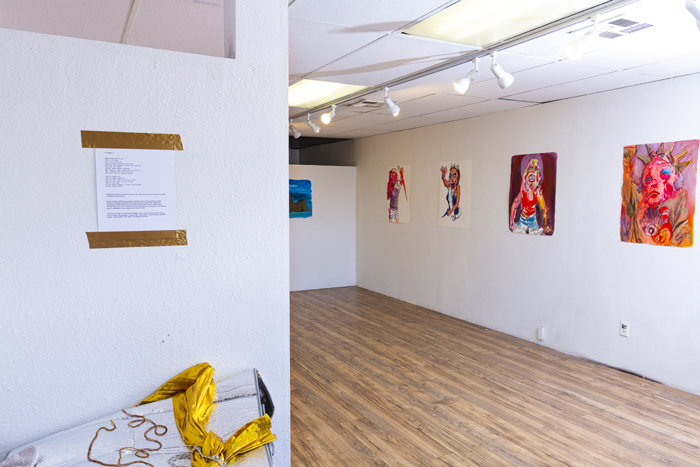
Immediately entering the space, viewers received the exhibition’s prompts in the form of a poem adhered to the wall with gold duct tape. Kveck generated these prompts and a series of formal studio problems in order to work through the current artistic phase she’s experiencing.
Prompt:
Make some paintings
Hold a thought
Feel the thinking
Spice up your studio practice
Embrace the awkward transition period
Own the hot mess
Gather some women together
Ask them to wear frosting and perform
Eat noodles and drink LaCroix
How much do you really need?
How to make art
How to make good art
How to feel like an artist again
How to not feel like a fraud
How to be good
Write some prompts in your sketchbook
Laugh really hard
A feminist practice, one in which she confronts and amplifies women as cultural markers, informs Kveck’s work. Her prompts feel both personal and universal, where we can recall thinking about ourselves (à la How to not feel like a fraud). As we walked into the gallery, Kveck mentioned she hadn’t staged anything for a while. In this setting, her works were thrown into a new understanding—that lightning strike of realization that the gallery is a platform, a stage, and a space that additional acts of staging and performative actions could hold for the viewer.
At that point, the intimacy of the space blew open for me, a new consideration of an idea that keeps brewing in the back of my mind regarding the performative nature of Las Vegas and its artists. While Kveck talked through her practice and process, I placed myself into a metaphorical center of the stage to witness the art surrounding me.
The works that dominated the east wall included drawings from Kveck’s collages, some of which were derived from previously staged performances. The works—interpreted through hot, acrid hues of pink, red, yellow, and blue—stood out. Kveck’s practice includes deploying oil paint and paint pen, where the line work comes before the color—creating an interesting tension between line and paint.
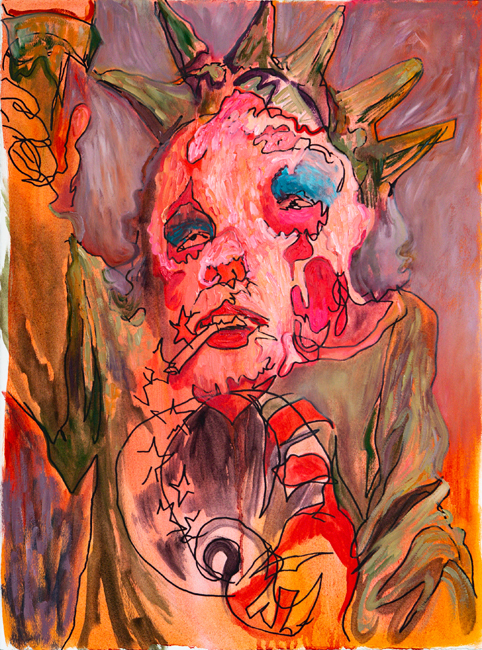
Pink, the dominant hue in these works, is associated with the feminine, but when it’s hot pink, watch out. The immediacy and vibrancy of the color beckon to see me! Which is what the viewer does: seeing these women as their interior lives are displayed on the surface of Arches oil paper. Cutter is all teeth and knives, a woman ready for attack. Liberty is more poignant, a sympathetic rendering of Lady Liberty, seemingly exhausted and drooping from upholding the ideals of our country. Kveck pointed my attention to the letter “Q” drawn on the figure’s gown, the foregrounded image of a new political reality. Poor Lady Liberty.
Meanwhile, Kveck’s drawings are derived from source images from performance and collages. We turned to the west wall’s photographic display to see a selection of these images. Kveck was drawn to stage a performance in ASAP the weekend before the opening to activate characters from the drawings (such as Liberty) as well as new characters. Kveck worked with a trusted group of artists from the community—Adriana Chavez, Felicia Gassen, Alisha Kerlin, Toshie McSwain, Quindo Miller, Emily Sarten, Mikayla Whitmore—through the ritual of styling and the collaborative process of character development.
The Undone performances began through ideas and character development, with everyone in the space. There was no set script—once styled with wigs, makeup, and provisional costuming by Kveck, the participants posed, performed, and were photographed in front of a green screen. Liberty was inspired by a previously created collage, layering a previous performance image with an image from a QAnon rally (with consideration of the 2017 Women’s March, where a number of women were dressed as Lady Liberty).
The line between the actuality of personality and the performative acts we engage in felt integral to Kveck’s practice. What do we do with the prompt? Which part of ourselves or our personas do we engage? What do we do when someone wears a mask, in terms of feeling comfortable, in terms of posing, or becoming a different persona or character?
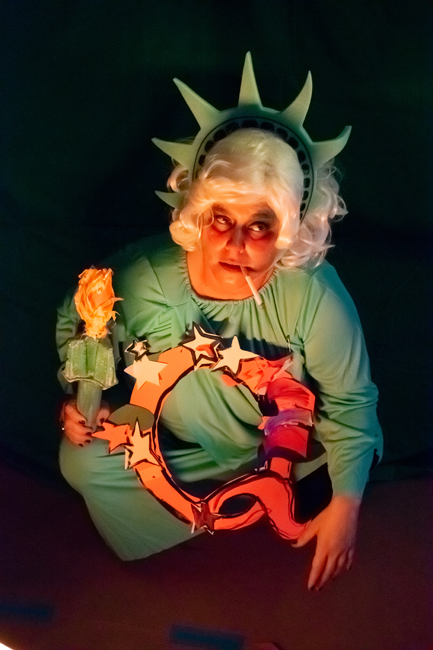
Eventually, it was time for everyone to get frosted—the participants found a place to throw back their heads one at a time so that they could be slathered. Kveck uses frosting as a painterly medium and as a layered and loaded reference, signifying women as both consumers and those consumed. As more images were taken, the frosting oozed and dripped.
As I glanced back and forth from the drawings to the photographs, taking into consideration each person’s face, I had that coveted full-circle moment with the exhibition. Standing between drawings and photographs, it was clear to see how past performative actions were integral to understanding the images in hot, acrid colors, which in turn were informative for the performances. Each staged, all staged at ASAP for the viewer. Prompts: as a poem, each as great advice, all combined served as a road map for the intimate play of works.
Kveck will include photographs from the frosting event in future collage work. One image includes performance and visual artist Adriana Chavez, who Kveck described as “this beautiful leaf” floating and then falling to the ground. This new character was inspired by the ideas of life, loss, and creation found in Sheila Heti’s new novel, Pure Colour.
“It was an honor to be frosted by Wendy and to share the space with the powerhouse artists Wendy invited to be part of this project,” says Chavez. “There was a lot of laughter, improvisation, play, and support.”
Kveck wrapped our time by expressing her appreciation of the intimate rituals she engaged in with other artists who are interested in the feminine and the performance of femininity. The staging, and the prompts, reinforced for her the idea that these works are still important to present. Given the extension of her exhibition from one night to one week, we think so, too.
